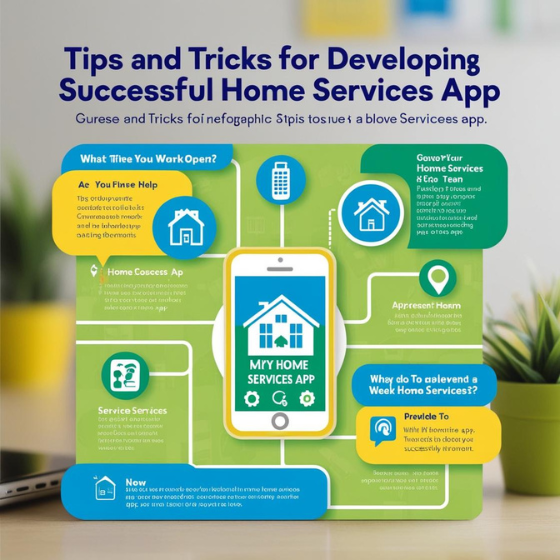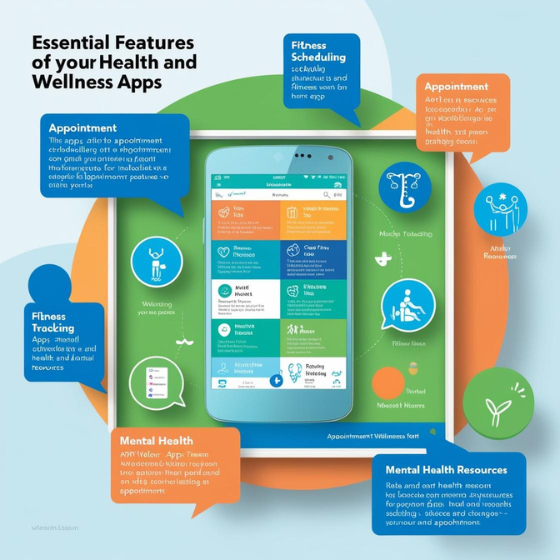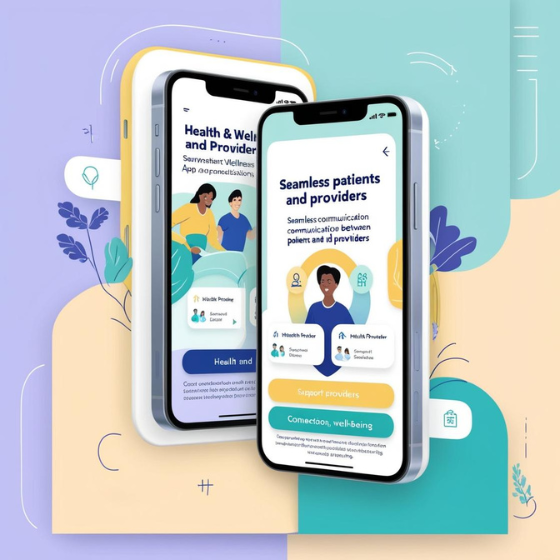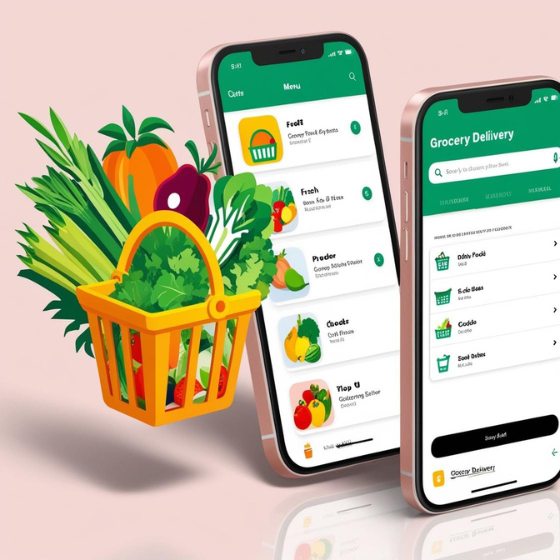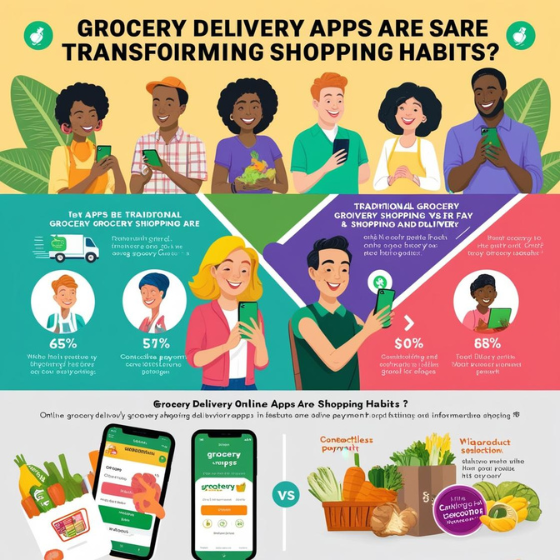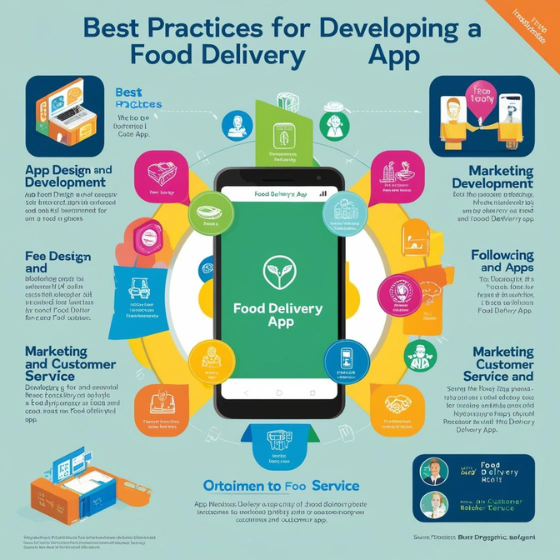Developing a Successful Home Services App: Tips and Tricks
In recent years, the demand for home services has skyrocketed, with consumers turning to mobile apps for everything from plumbing and electrical work to home cleaning and repairs. According to Statista, the home services industry is projected to reach a market value of $1.5 trillion by 2025. As this market continues to expand, the potential for building a successful home services app is massive.
If you’re considering developing a home services app, this blog will guide you through the essential tips and tricks for success. Whether you’re a startup or an established company, creating an intuitive and functional app is key to standing out in a competitive market. In this article, we will explore the best practices, features, and strategies for developing a successful home services app that meets customer needs and drives business growth.
Why Home Services Apps Are Transforming the Industry
Home services apps have revolutionized the way we hire professionals for everyday tasks. Traditional methods of hiring, such as word-of-mouth or searching through directories, are quickly being replaced by easy-to-use platforms that allow consumers to book services on-demand. But why is this shift so significant?
- Convenience: Customers can book a service at any time, from anywhere, without having to call or visit a business location.
- Time-Saving: Scheduling a professional to handle home repairs or maintenance is as simple as tapping a button.
- Trust and Reliability: Many apps provide ratings and reviews, which help customers find trustworthy professionals based on past customer experiences.
These benefits are driving the popularity of home services apps. But what are the key features and best practices you should follow to develop a home services app that delivers real value?
1. Focus on a User-Friendly Interface
When developing a successful home services app, your primary goal should be to offer a seamless and user-friendly experience. The interface of your app will be the first impression users have, so it’s essential to make it easy to navigate and understand.
Key tips for user-friendly app design:
- Simple Navigation: Keep your menu options minimal, and avoid cluttering the screen with unnecessary information. This ensures users can easily book a service or view the available professionals.
- Clear Calls to Action: Ensure that each page of the app has clear and concise calls to action (CTAs). For example, “Book Now,” “Contact Support,” or “Schedule a Visit.”
- Intuitive Flow: Design your app with a natural progression in mind. Start with an easy registration process, followed by service selection, payment processing, and booking confirmation.
An intuitive design enhances the user experience and minimizes friction, leading to higher conversion rates and better customer retention.
2. Essential Features to Include
To ensure your app stands out in a competitive market, it must have certain features that cater to the needs of both consumers and service professionals. Let’s break down some of the must-have features for a successful home services app.
User Features:
- Service Selection: Allow users to choose from a wide range of services like plumbing, electrical repairs, cleaning, pest control, and more.
- Location-Based Service: Implement geolocation so users can easily find professionals in their area. This increases the chances of getting quick responses.
- Scheduling Options: Customers should be able to select a convenient time for the service. Offer both on-demand and scheduled booking options.
- Ratings and Reviews: Enable users to rate their service providers and leave feedback. This adds credibility and builds trust within the app.
Service Provider Features:
- Professional Profiles: Allow service providers to create profiles with details about their qualifications, experience, and specialties. A good profile can help them attract more customers.
- Availability Management: Service providers should be able to manage their working hours, availability, and upcoming bookings within the app.
- Payment and Invoicing: Allow service providers to accept payments and send invoices through the app. Streamlining the payment process is essential for a smooth user experience.
3. Implementing Robust Security Measures
Security is a crucial aspect of any mobile app, especially when dealing with sensitive personal information like credit card details, service appointments, and addresses. For a successful home services app, your security protocols must be robust and transparent.
- Data Encryption: Ensure that all personal and payment data is encrypted using the latest encryption standards to protect users from potential breaches.
- Secure Payment Gateways: Integrate trusted payment systems like PayPal, Stripe, or Apple Pay to ensure smooth and secure transactions.
- Two-Factor Authentication (2FA): Implement 2FA for both users and service providers to enhance account security.
By prioritizing security, you’ll build user trust and minimize the risks associated with online transactions.
4. Scalability and Performance Optimization
As your app grows and attracts more users, it’s crucial to ensure that the app remains fast, efficient, and scalable. Poor performance and slow load times can lead to user frustration and result in a high churn rate.
- Cloud Infrastructure: Leverage cloud services to ensure that your app can scale easily and handle spikes in demand. Platforms like AWS or Google Cloud provide reliable and scalable infrastructure.
- Performance Monitoring: Regularly monitor app performance and user experience metrics to identify and resolve any issues promptly.
- Database Optimization: Efficiently manage the backend database to store user and service provider information, ensuring quick access and minimal loading times.
5. Offering Customer Support and Feedback Channels
Customer support is an essential element of any successful service-based app. Offering timely and helpful assistance can lead to higher customer satisfaction and better reviews.
- In-App Chat or Support: Provide users with the option to message support directly within the app, whether for questions, concerns, or issues that arise during the booking process.
- Help Center and FAQs: Create a comprehensive help center with FAQs and troubleshooting guides. This can save both users and your team valuable time.
- Feedback Collection: Encourage users to leave feedback after using the service. This allows you to identify areas for improvement and maintain a high standard of quality.
6. Marketing Your Home Services App
Once you’ve developed a successful home services app, it’s time to get the word out. Marketing plays a crucial role in attracting users and growing your business.
Effective strategies include:
- Referral Programs: Offer incentives for users to refer friends or family to the app. This can include discounts or credits toward future services.
- SEO and Content Marketing: Use targeted SEO strategies to rank for relevant keywords, such as “home services near me,” “best home repair app,” and other related terms.
- Social Media Engagement: Engage with potential customers on social platforms like Facebook, Instagram, and Twitter. Sharing tips, customer success stories, and promotions can help generate buzz for your app.
Conclusion: Start Building Your Successful Home Services App Today
The future of home services apps looks promising, and with the right features, design, and marketing strategies, your app can make a significant impact in this growing market. By focusing on user experience, security, scalability, and effective marketing, you can create an app that not only meets the needs of consumers but also stands out in a competitive landscape.
If you’re ready to take your home services app idea to the next level, Sodio’s expert team can help. We specialize in custom app development that drives results. Explore our app development services today and discover how we can help bring your vision to life.
